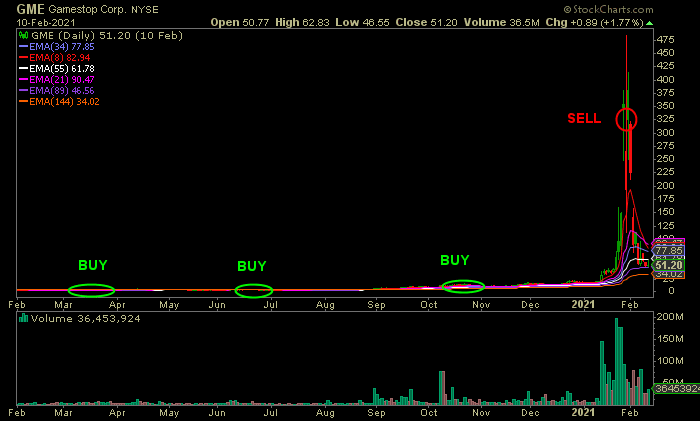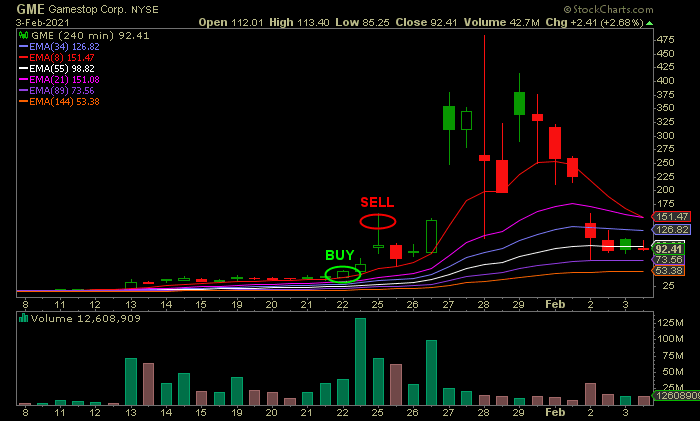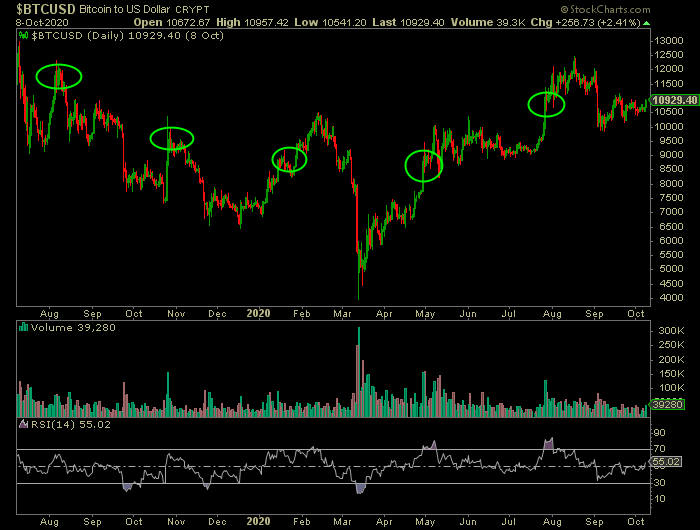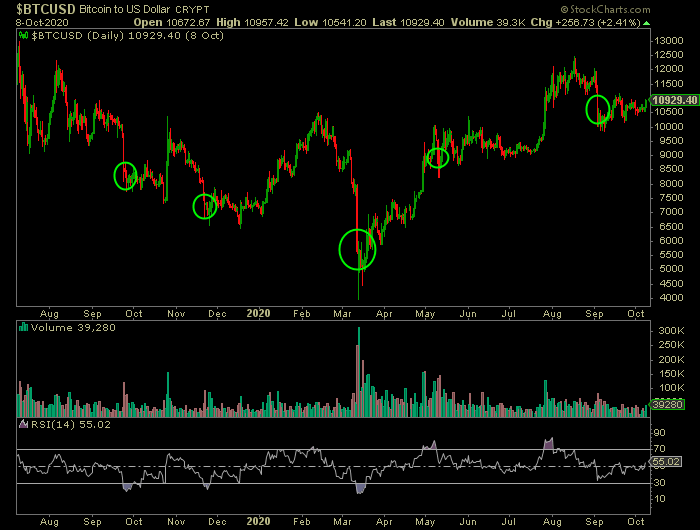Here’s one question I always get a lot of: intraday trading is great, but how do I go about holding stuff for the big picture?
I see where you guys are coming from – the WSB crowd of redditters has rightfully made a lot of noise with incredible moves in Gamestop (GME) and AMC Entertainment Holdings (AMC)…
And then you got these crypto people and their insane price action…
I hear you, everybody wants their piece of the pie, or the very least – some skin in the game.
Well, let me teach you a few tips that might help when you do consider a big picture swing trade.
Day Trading vs Swing Trading:
Any kind of trading has a sole end goal – growing a trader’s account, but the means could be different.
Day traders react to what’s already happening, while swing traders are trying to anticipate what will happen.
Hence, the mechanics of how they trade isn’t the same:
- A Day trader is trying to catch a small short-term move on a big position.
- A Swing trader is trying to catch a longer-term big move on a small position.
In practical terms, here’s what this looks like using GME as an example:

A Swing Trader accumulates a position and sells far into the anticipated move.

A Day Trader sees GME only once it gets active, buys the breakout with a tight stop and sells immediately once the move works; for a fraction of the move but with a lot more shares.
When trading intraday you have to be nimble with your stops – any tick against you can do damage.
With Swing trading, your risk is wider, but you still need to withstand the tough times.
I bet you it wasn’t easy to remain in GME as the stock was dropping from $20 to $15…
And then to $10.
To $5…
And finally to $2.57!
Set The Capital Aside
You just picked a name that you really believe in.
Your thesis is a very sound one, but the move you’re anticipating could still take weeks, months and even years of very turbulent price action…
How do you brace yourself?
Well, basic money management rules still apply:
know exactly how much you can afford to lose and, more importantly, set the capital aside.
In this job we hope for the best, but MUST prepare for the worst.
If you’re losing sleep over a trade – you’re doing it wrong. A trader is an ever-learning supercomputer, not a hypochondriac worried about every downtick.
Don’t put yourself in a position where the risk of a loss will affect your clear-thinking – you’re in it for the big picture.
Pick an amount that won’t affect your life and other trades/investments and stick to it.
Put it in a separate account, if you have to
Don’t Jump All In
If your horizon is weeks, if not months or even years – why bet everything on black today?
Best I can attest, nobody knows what will happen tomorrow.
In the market, at any given moment there’s always a chance a stock will go down.
That won’t necessarily invalidate your idea, but will give you a chance to enter at a better price and get more shares!
Then, there’s always a possibility some new information will in fact invalidate your initial thesis – if that happens, getting out will be less painful.
Why buy and pray, when you can…
Buy the Dips!
Take a look at the charts below and tell me which one of these Bitcoin buyers you like better:


Both theoretical traders believed in Bitcoin.
But as it wiggled and puked to $4k – would you rather be a trader with a $7k average, or a $10k average?
If you aren’t trading momentum – don’t buy strength, buy weakness.
It will cost less!
Aim Big, Stay Smart!
We all want a good trade. Better yet, a great trade!
We all want to buy exactly at the bottom and then sell exactly at the top.
Well, truth is, whatever your objective target may be, it never hurts to make strategic exits on the way.
Traders who caught 50-70% of a move seem a lot happier than those who rode it 100% up and then 90% back down.
Don’t aim for perfection and don’t get greedy. Plan big, but be smart about it.

0 Comments